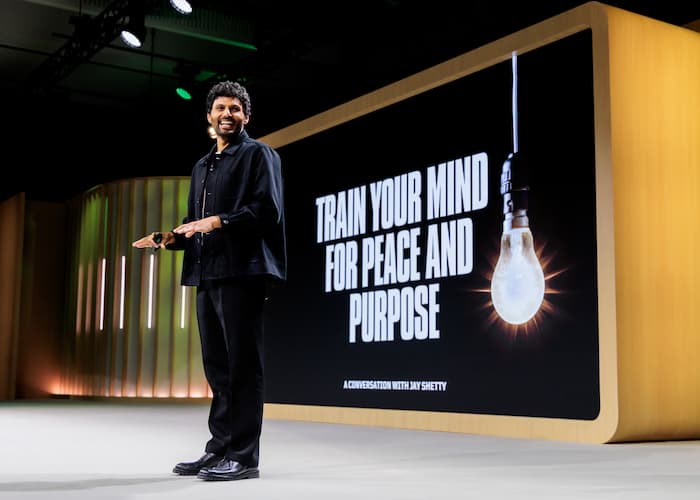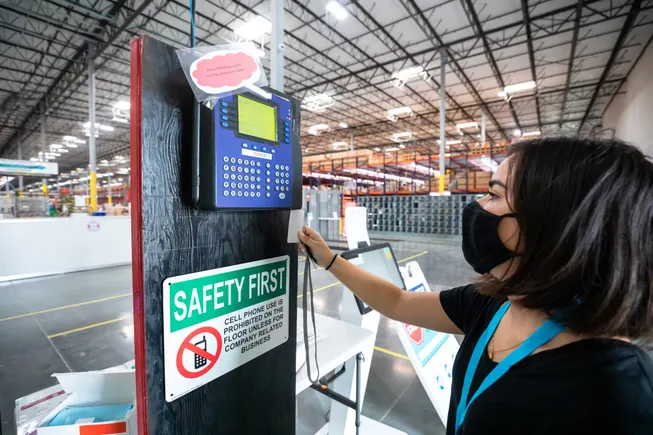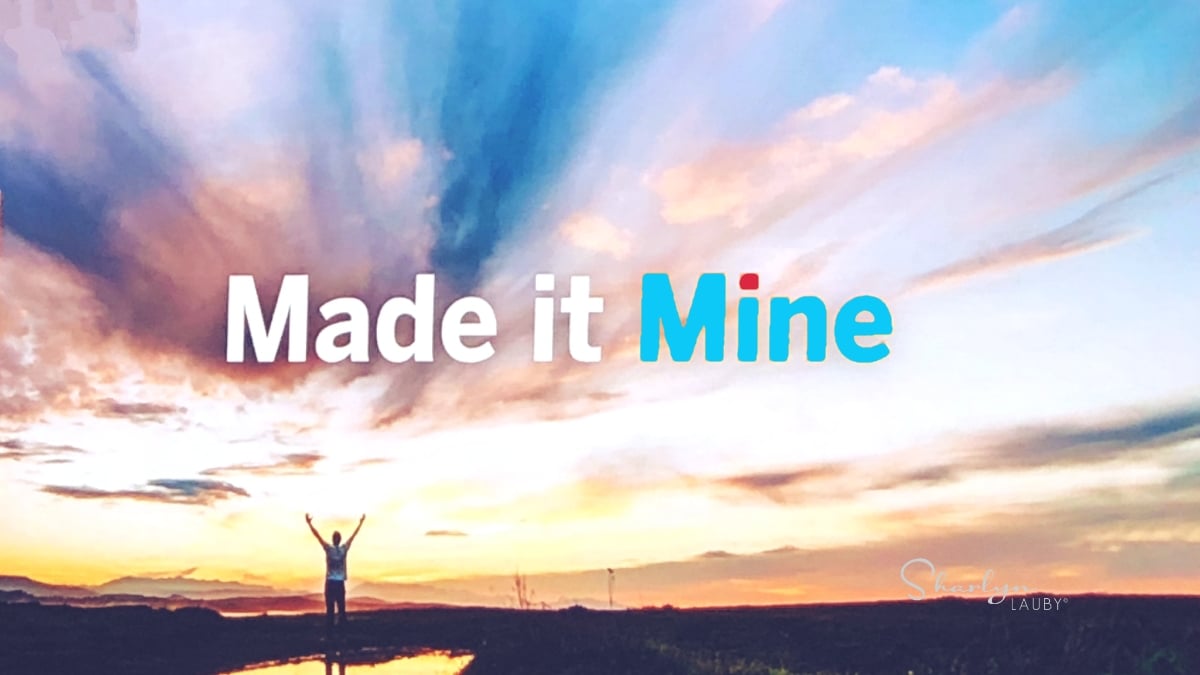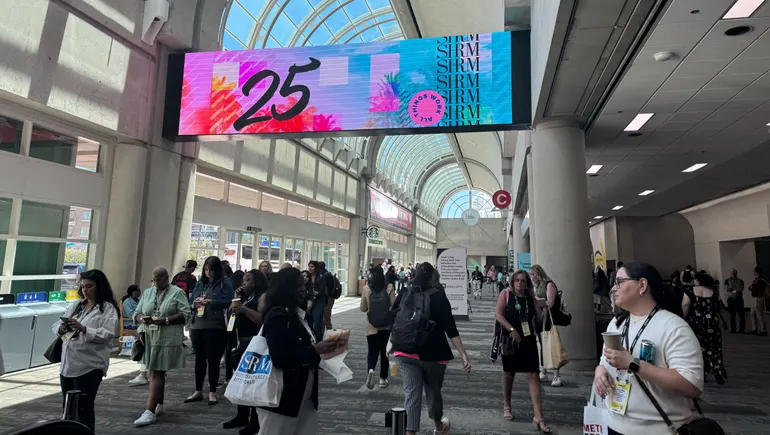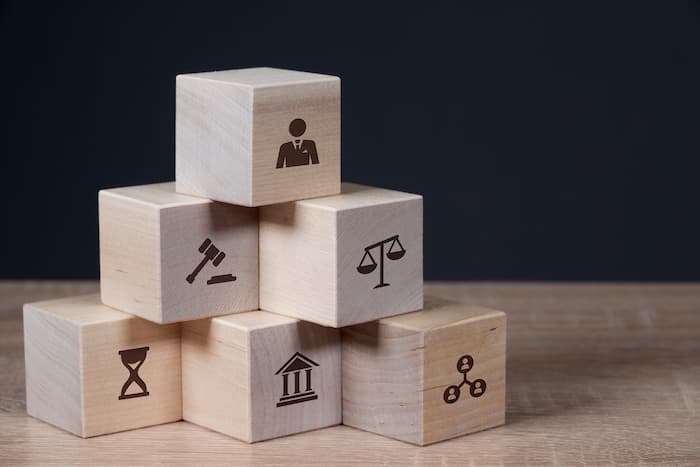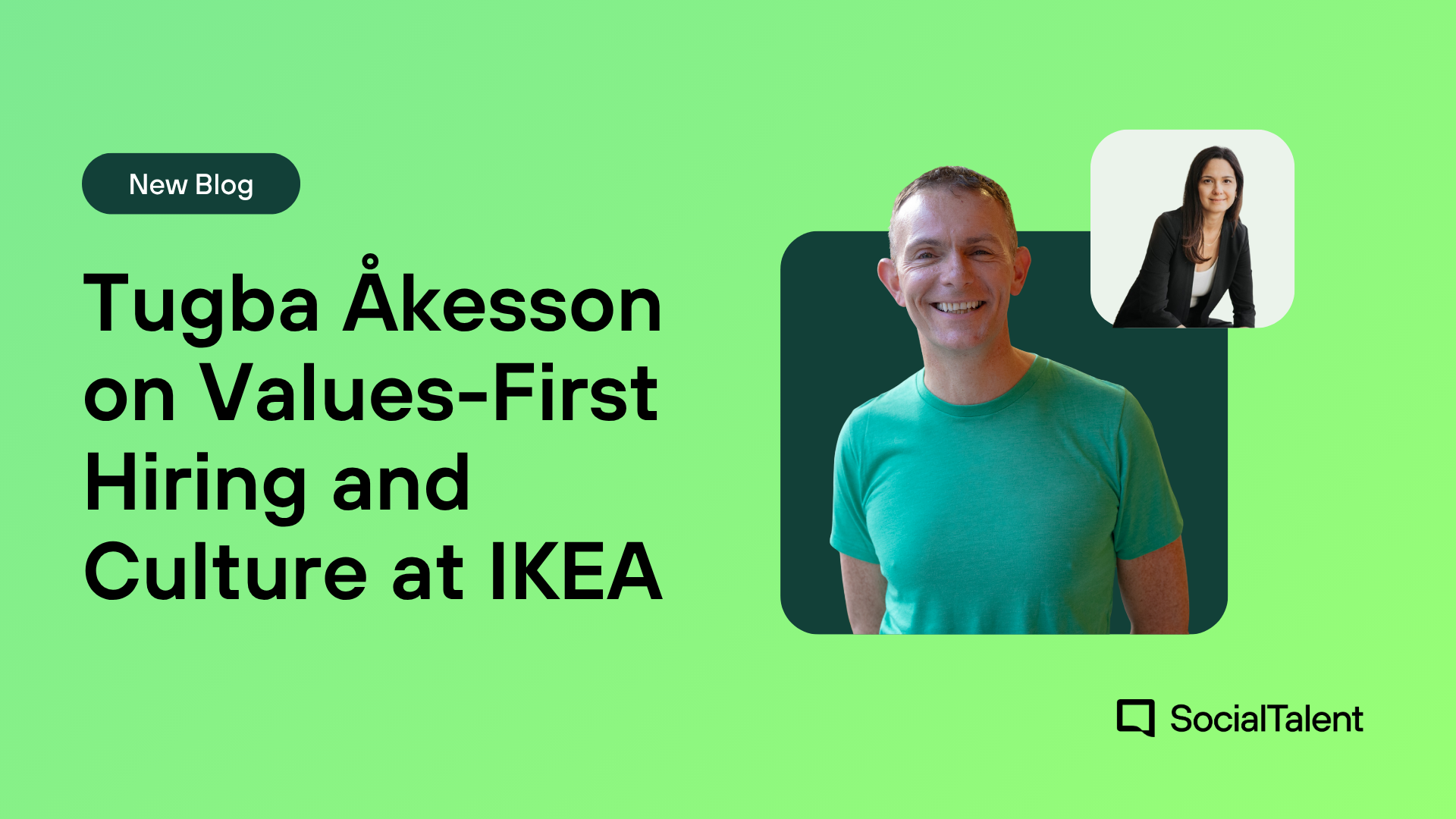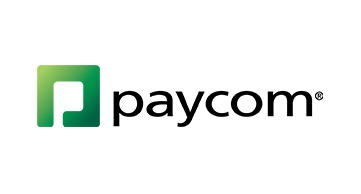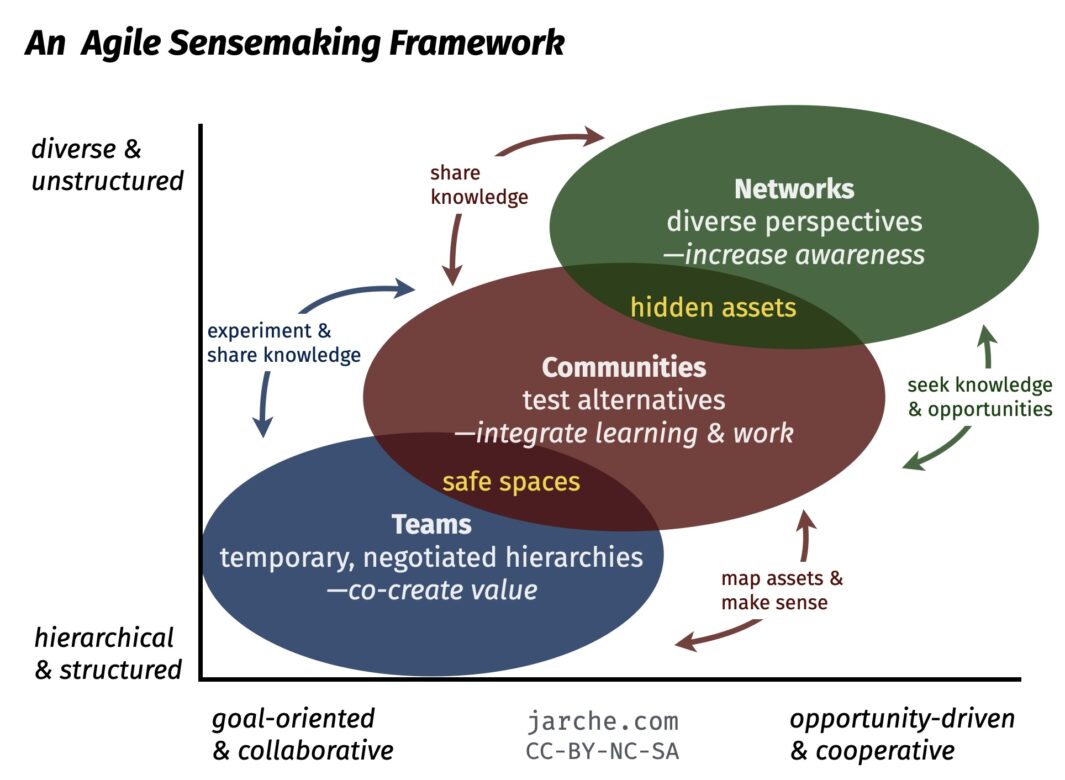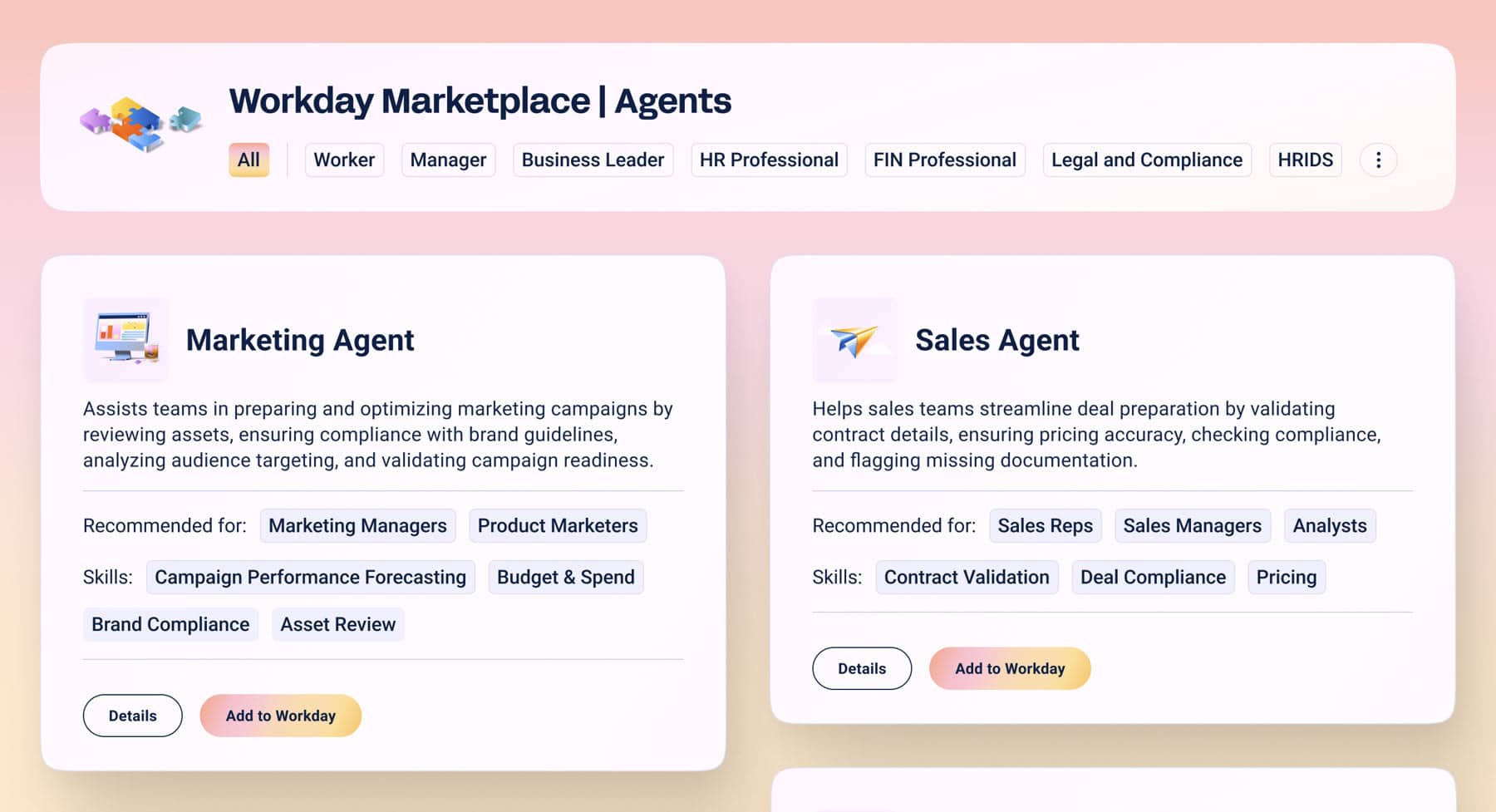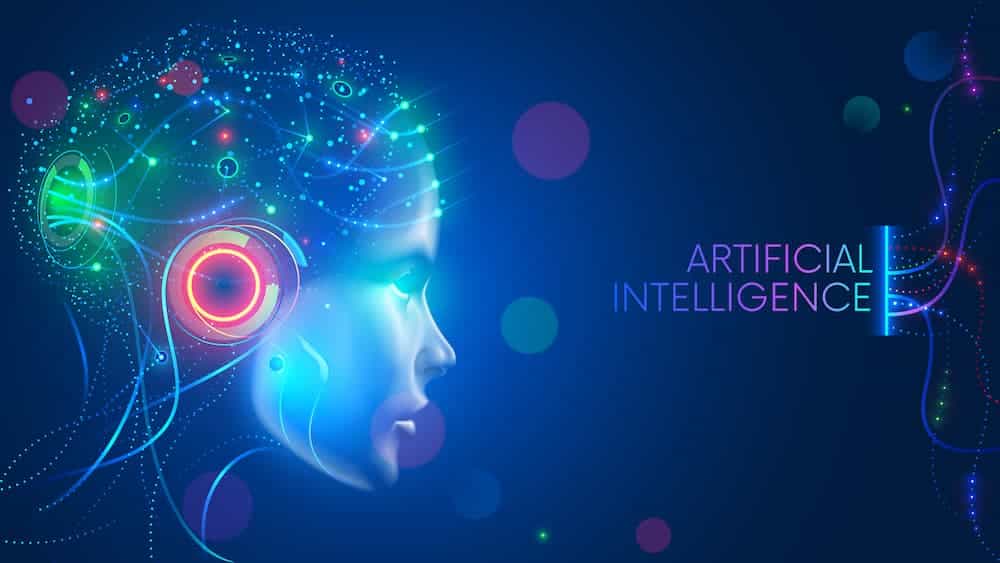Uncertainty and change abound today—and they’re not going to subside any time soon, said Jay Shetty, chief purpose officer of Calm at LinkedIn’s Talent Connect conference this week in San Diego.
For most in HR today, AI is the prime culprit behind the change—and is driving the subsequent need for adaptability, said Shetty, a best-selling author and host of the leading mental health podcast, On Purpose. Fear of the change spurred on by AI runs deep, but it’s not always related to the newness that the technology will bring, he said—but rather to what employees need to let go of to adapt: old ways of working, habits, tools and mindsets.
“You can hold on tightly to these and never get through, or you can leave them behind,” he said. Adaptability grows from letting go at the right time—during these moments of uncertainty, stress and change, he said.
As much as HR leaders need to help their workforces adapt to change, they also need to do that work themselves. It’s a task that is growing increasingly daunting, as stress inhibits creativity and high-pressure scenarios make HR professionals less inclined to take on new challenges.
Approaching these dynamics with a “conscious mindset” can create a path through uncertainty, Shetty advised.
“Certainty isn’t going to come, but we can have clarity,” he said.
Shetty offered four strategies to help HR leaders develop a conscious mindset toward change:
- Thankfulness: Shetty noted that a grateful thought and an anxious thought “can’t both rent space in our brains at the same time.” By intentionally leaning into gratitude—such as sharing simple notes of thanks with both personal and professional connections—HR can see more clearly through the anxiety related to change.
- Insight: Humans have traditionally been rewarded by having the right answers—but AI’s prevalence now means it’s much more important to be “asking the right questions,” Shetty said. Learning one new insight every day—a new word, a different way to write an AI prompt, for instance—can build confidence to revisit problems with new skills.
- Mindfulness: Shetty, a former monk, urged Talent Connect attendees to schedule just five minutes in their calendars at the start and end of each day for “me time.” Consider it a “meeting with yourself,” he said, to evaluate what you can do to make that day a good one. Reflect on what you did right and where there was room for improvement.
- Exercise: Finding simple ways to build more exercise into your daily routine can be a powerful force for finding clarity. “Movement has transformed my mind,” Shetty acknowledged.
Coaching and connectedness through change
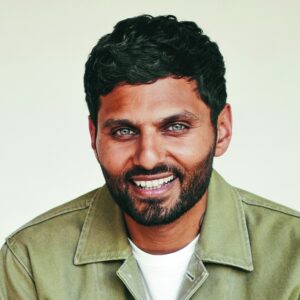
To emphasize the challenge—and opportunity—facing HR and business leaders, particularly in times of change, Shetty asked the crowd to self-identify as either outgoing or reserved and more focused on tasks or people. The exercise created four quadrants—the most common personas in the workplace.
The most effective leaders will bring a coaching mindset to unite all of these people cohesively: Understand how each person communicates and what motivates them—and play to those strengths.
“Trust is built by learning to speak someone else’s language,” he said.
Alongside coaching, the idea of connectedness can also fuel adaptation.
See also: The government shutdown brings more uncertainty; 3 ways HR can get proactive
Shetty pointed to a 2019 study from Yale University that coined the term “job crafting”—the concept that it’s not what you do but how you feel about what you do that influences employee engagement and sentiment.
In today’s landscape, “adaptability comes from the belief that you’re making a difference,” Shetty said. HR professionals, in particular, need to remind themselves of the impact of their work, and carry that message forward to leaders.
“Remind them of the much bigger goals—the growth beyond the metrics,” he said.



